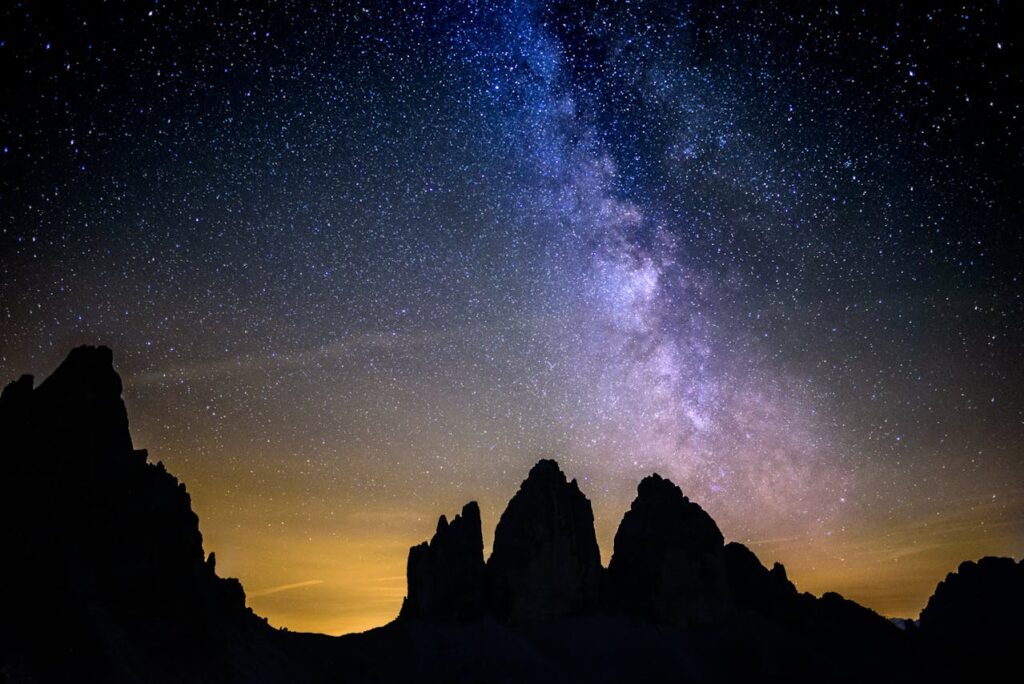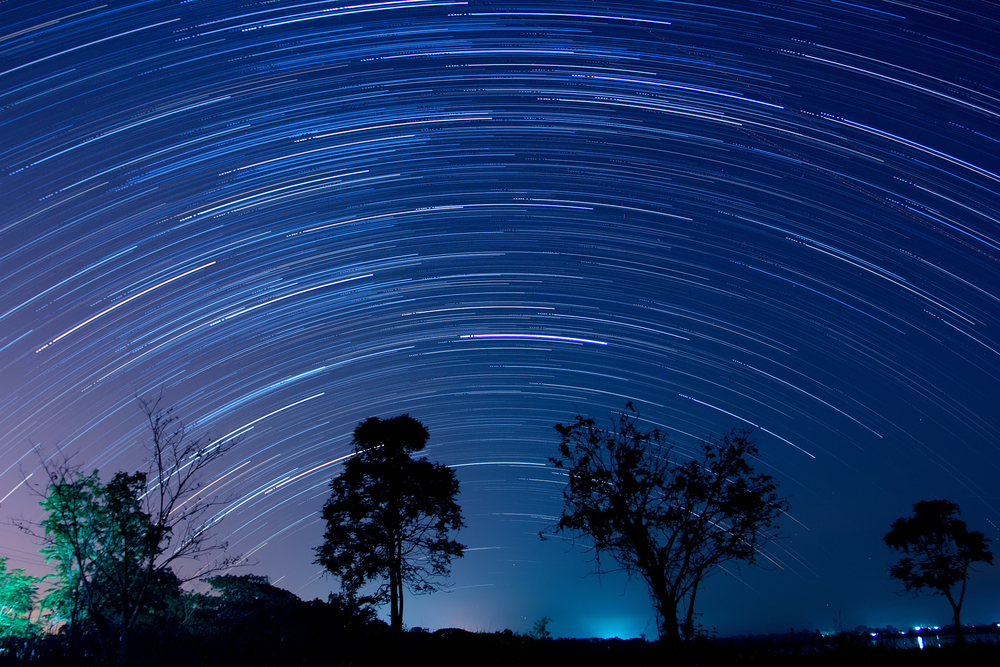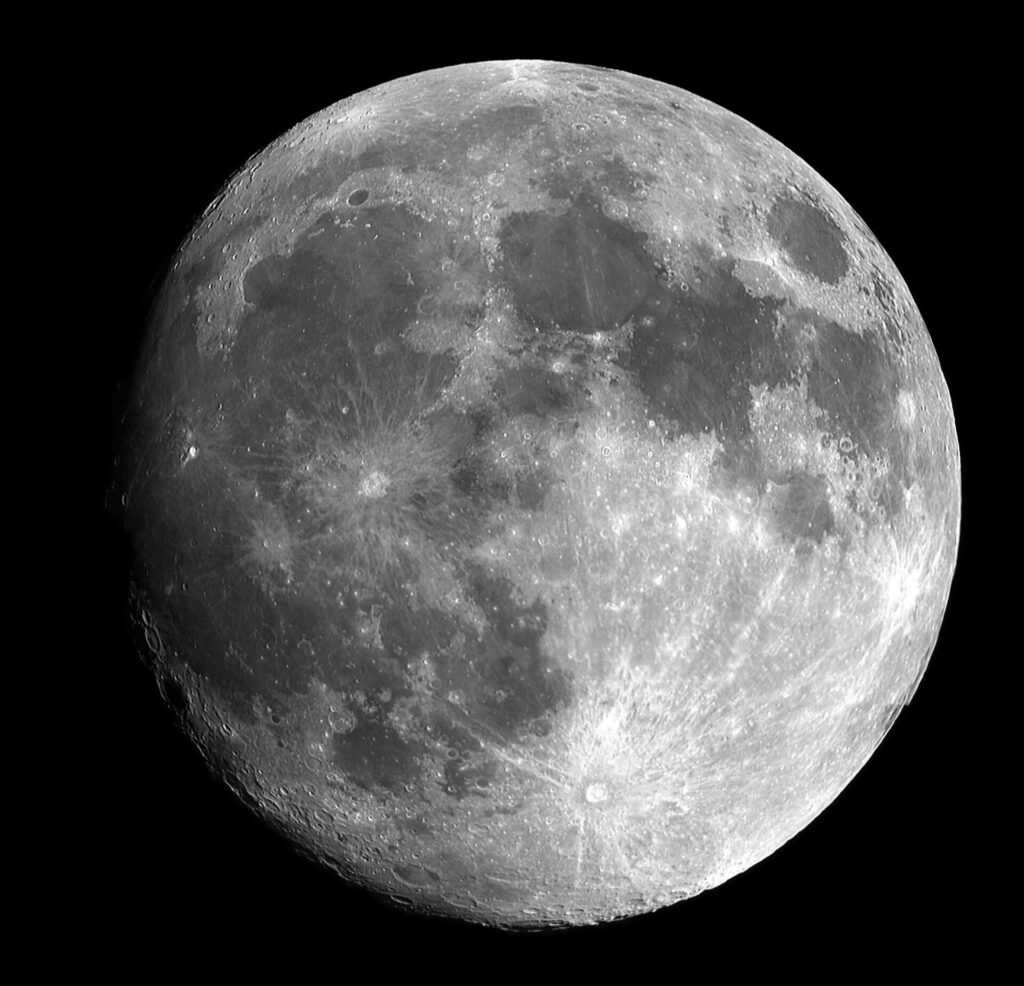There’s something undeniably magical about camping under the stars. As you lie back and gaze at the twinkling lights above, you’re not just witnessing the present, but also peering into the past. Each star’s light has traveled vast distances across space and time, some of them millions of years old by the time they reach our eyes. It’s a humbling reminder of our place in the cosmos, putting into perspective the vastness and age of the universe, and also our small place within it. It’s one of those moments where I feel small and insignificant, but not really upset about that fact. Just more one of those moments of wonder about how incredible the universe is, and feeling a profound sense of gratitude that I’m even here in the first place.
Camping offers an unparalleled opportunity to immerse oneself fully in the natural world, away from the relentless pace of modern life. Far removed from the incessant buzz of technology and the demands of everyday obligations, camping under the stars offers a rare chance to slow down and savor the present moment. In these tranquil settings, surrounded by sounds like the gentle rustle of leaves in the breeze or the chirping of crickets, I find that I can finally unplug from the digital realm and reconnect with the rhythms of the earth. When the sun goes down, my body naturally begins to wind down without the presence of artificial light. The wonders that nature offers us are just beginning though, as the beauty of the cosmos takes the sun’s place in the sky and I allow myself to slip into child-like wonder looking up towards the heavens.
Certified Dark Sky Areas are designated locations recognized for their exceptional quality of starry nights due to minimal light pollution. These areas undergo rigorous evaluation by organizations such as the International Dark-Sky Association (IDA), which sets stringent criteria to ensure that the night sky remains unspoiled by artificial light sources. By limiting light pollution, Certified Dark Sky Areas provide optimal conditions for stargazing, allowing visitors to marvel at the celestial wonders with unparalleled clarity and brilliance.

I’ve personally been to a couple of Certified Dark Sky Areas in Florida: Kissimmee Prairie Preserve State Park and Dry Tortugas National Park. In both cases, it was mind blowing to me just how many stars there were in the sky. I always loved astronomy as a child but have lived most of my life in urban areas. Simply put, seeing all those stars in the sky was awe-inspiring and made me feel like a kid again.
Certified Dark Sky Areas can be found all around the globe. In addition to Great Basin National Park in Nevada and Cherry Springs State Park in Pennsylvania, there are numerous other Certified Dark Sky Areas around the world, each offering its own unique spectacle of the night sky. For example, the Aoraki Mackenzie International Dark Sky Reserve in New Zealand boasts some of the darkest skies in the world, with stunning views of the Southern Hemisphere’s celestial treasures, including the Southern Cross and the Magellanic Clouds. Closer to home for us in America, the Natural Bridges National Monument in Utah offers visitors the chance to witness breathtaking displays of stars against the backdrop of majestic rock formations.
In addition to their appeal to stargazing enthusiasts, Certified Dark Sky Areas play a vital role in protecting nocturnal wildlife and ecosystems. Many species, from bats to birds to insects, rely on the natural cycles of darkness and light for essential activities such as foraging, mating, and navigation. Artificial light disrupts these natural rhythms, often leading to confusion and disorientation among nocturnal creatures. By preserving the natural darkness of the night sky, Certified Dark Sky Areas provide crucial sanctuaries where wildlife can thrive undisturbed by the glare of artificial illumination.

Furthermore, mitigating light pollution in these designated areas has broader environmental implications. Excessive artificial light at night not only disturbs wildlife but also affects the balance of ecosystems and can even disrupt the health of human populations. Light pollution has been linked to a range of negative impacts on human health, including disruptions to circadian rhythms, sleep patterns, and hormone regulation. By maintaining the pristine darkness of the night sky, Certified Dark Sky Areas help mitigate these adverse effects, promoting both environmental sustainability and human well-being.
Camping in remote and pristine locations offers more than just a glimpse of the stars – it provides a chance to disconnect from the hustle and bustle of modern life. Far from the distractions of technology, camping under the stars allows us to rekindle our connection with nature and ourselves, offering a much-needed respite from the constant stimulation of cell phones and screens.

However, you don’t have to get too far off the beaten path to appreciate the wonders of a night sky with less light pollution. Even getting slightly outside of urban areas offers significantly darker skies. Make sure you are prepared when heading out the door however. One of the most fundamental steps is equipping oneself with reliable illumination, such as a sturdy headlamp or flashlight when you need it. These light sources not only illuminate the path ahead but also provide essential visibility of the surrounding terrain, aiding navigation and reducing the risk of tripping or stumbling over obstacles in the darkness.
In the quiet of the night, surrounded by the grandeur of the cosmos, one can’t help but feel a sense of awe and wonder. Spending time under the stars is not just an escape from the everyday, but a profound reminder of our place in the universe. So, the next time you have the opportunity, venture outdoors, gaze at the starlit sky, and reflect upon this magical universe and your place in it.
